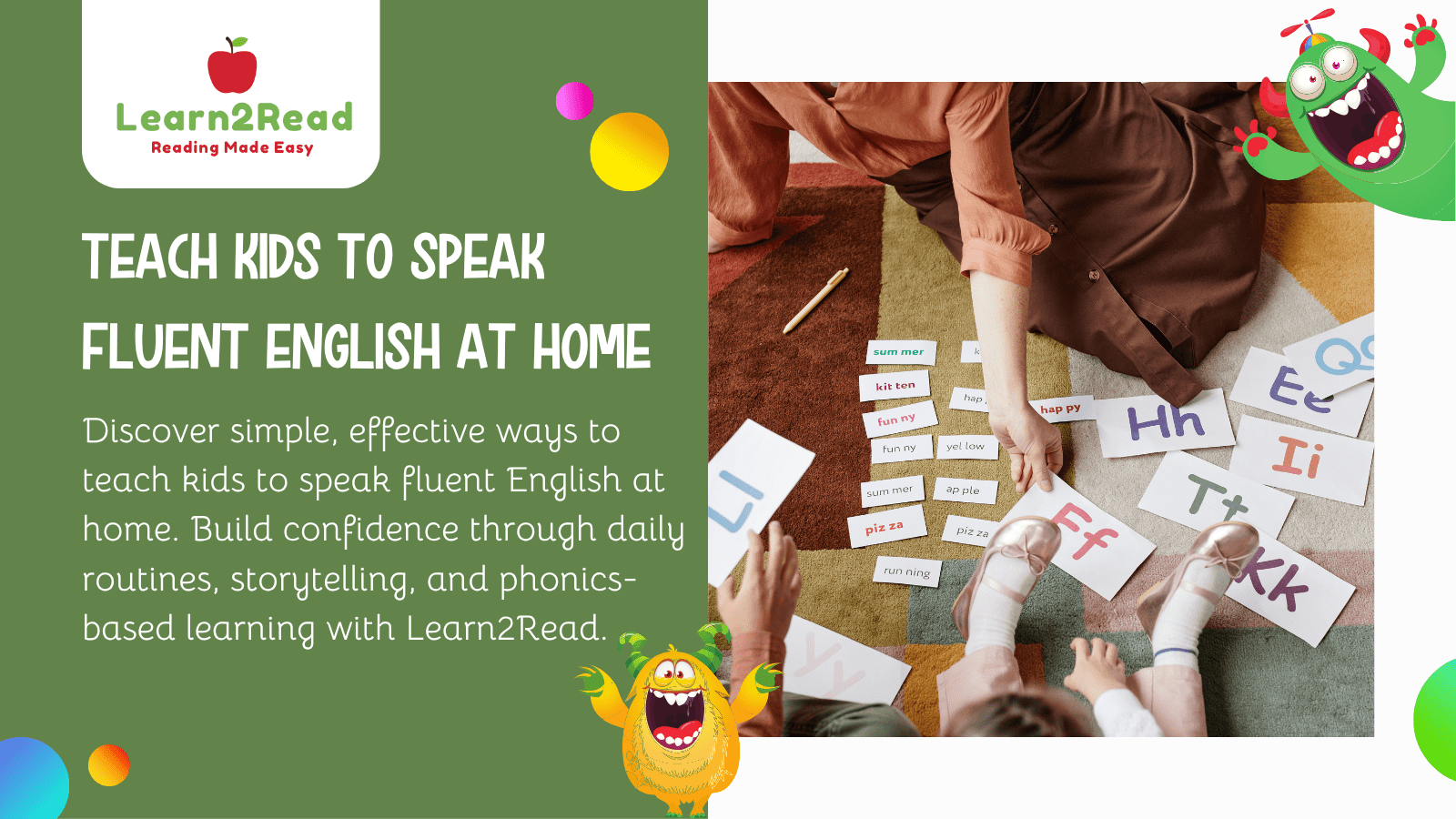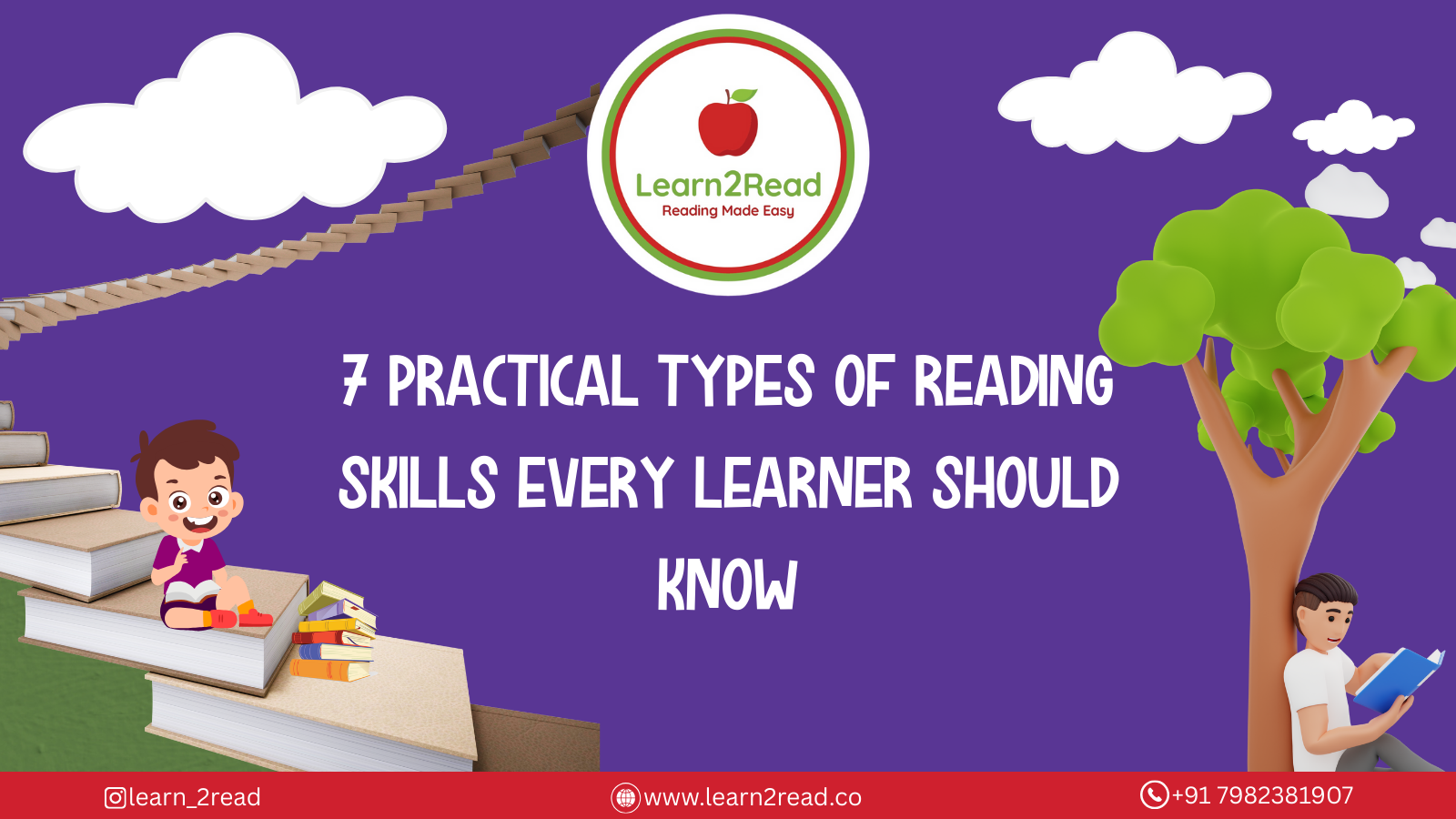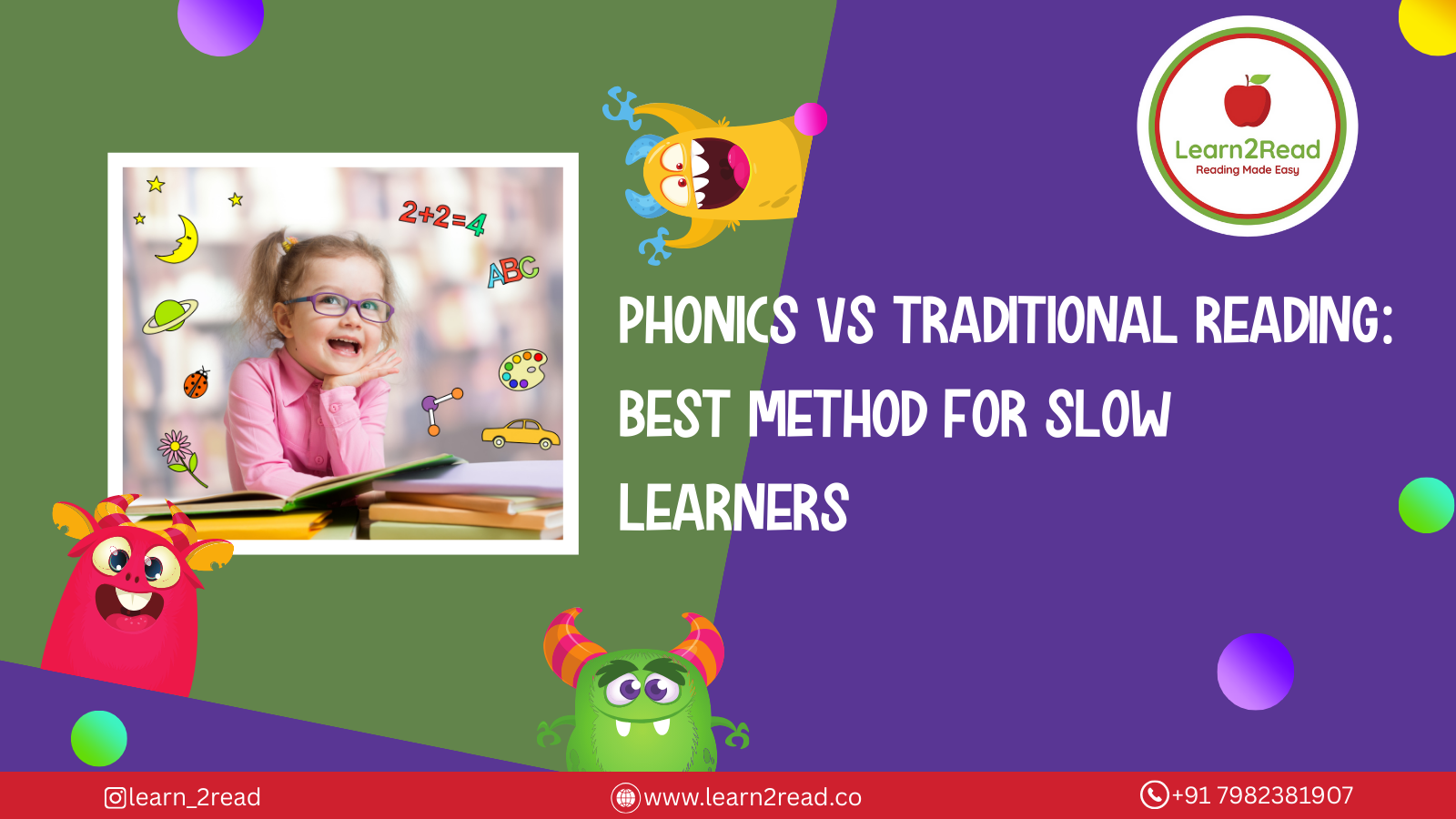19 September 2025
Top 5 Phonics Activities to teach kids at Home

Top 5 Phonics Activities to teach kids at Home
posted on : 25 July 2025
Helping your child learn English at home doesn’t have to be complicated or boring, it should be as enjoyable as scrolling reels is for you. With the right phonics activities, you can always turn everyday play into a foundation for language learning. Here we’ll help you understand five effective phonics activities that you can easily introduce at home, making early education both fun and impactful. If you're wondering how to learn English the right way from the very beginning, phonics is where it starts.
Why Phonics Matters in Early English Learning
Phonics is a method of teaching children how to read and write by connecting sounds with letters or groups of letters. It’s especially effective in building confidence in young learners, making the process of speaking and reading English smoother and much more interesting.
A Research-Backed Approach
Studies show that systematic phonics instruction significantly improves children's reading abilities. According to the National Reading Panel (NRP) report, phonics instruction helps children learn to decode new words, which is a critical skill in learning how to read fluently.
- Letter-Sound Hopscotch
Simply turn your floor into a phonics playground with this energetic activity.
How it works:
Draw hopscotch squares and write a different letter or letter combination (like "ch" or "sh") in each one. As your child jumps from one square to another, they say the sound aloud.
Why it helps:
This combines movement with learning, which is proven to enhance memory retention and focus in preschoolers - Sound Sorting with Everyday Objects
Why not become Dora the explorer in real life, turn your home into a treasure hunt for phonics practice.
How it works:
Pick a few sounds (e.g., /b/, /m/, /s/) and help your child find objects around the house that begin with those sounds, it’s one of the most interesting activities even for parents.
Why it helps:
Sorting by sound helps kids identify phonetic patterns and encourages vocabulary development. It also builds connections between spoken language and written letters - Interactive Story Reading
Reading together is more than just bonding; it's a chance to sneak in some phonics learning.
How it works:
While reading a storybook aloud, pause occasionally to point out simple words and ask your child what sound they begin with.
Why it helps:
This introduces the concept of phonemic awareness within real language contexts, a crucial step when teaching children how to speak English fluently from a young age. - Phonics with Playdough Letters
A hands-on, tactile way to reinforce letter shapes and sounds. Trust us when we say kids love to play with squishy things like slime & dough.
How it works:Roll out playdough and shape it into letters while saying the corresponding sound aloud. You can follow this up by naming words that begin with each letter.
Why it helps:This sensory activity supports motor skill development while reinforcing phonics
- Sing-Along Sound Songs
Songs are a powerful tool to teach phonics, especially for preschoolers who love to sing and move. Maybe your kid is the next Bruno Mars or Selena Gomez, so why not plugin singing early on.How it works:Create or find songs that highlight specific letter sounds (e.g., the “B says /b/” song). Add gestures, claps, or dance moves to make it more interactive.
Why it helps:Melody and rhythm make it easier for children to remember sounds.
Keep It Light, But Consistent
Phonics learning doesn’t have to be rigid or overly structured, our recommendation? Just go with the flow. The goal is consistency and reinforcement, not perfection. Spending just 10–15 minutes a day on these activities can gradually improve your child’s ability to decode and understand English.
What Makes These Activities Effective?
These phonics activities are based on time-tested principles of early childhood education:
- Multi-sensory engagement : Engaging more than one sense helps children retain information longer.
- Contextual learning: Using real-life objects and stories gives kids a reason to care about learning sounds.
- Routine without pressure : When activities are fun, children naturally want to repeat them—solidifying their learning without resistance.
Want to Take It a Step Further?
If you're looking for more structured guidance, programs like Learn2Read’s phonics-based reading courses are designed to build a strong language foundation in children aged 3 to 8. With age-appropriate reading, writing, and speaking sessions, they make phonics learning simple and fun. Small group sizes, engaging content, and expert educators help children build real confidence in English at their own pace.
When it comes to teaching your child how to learn English, phonics offers one of the most effective paths forward. Through daily, play-based activities like letter hopscotch or sing-along songs, your child can develop strong pre-reading and speaking skills right at home, while playing with you.
Whether you're just starting out or looking to improve your child’s existing language skills, these top five phonics activities are the perfect place to begin.
Ready to explore more structured phonics learning?
Check out our expertly designed phonics and spoken English programs at Learn2read and help your child take their first confident step toward mastering the English language.
Latest Posts


19 September 2025
Types of Reading Skills and How to Develop Them in Kids

19 September 2025
Phonics vs Traditional Reading: What Actually Works for Early Learners?

19 September 2025



